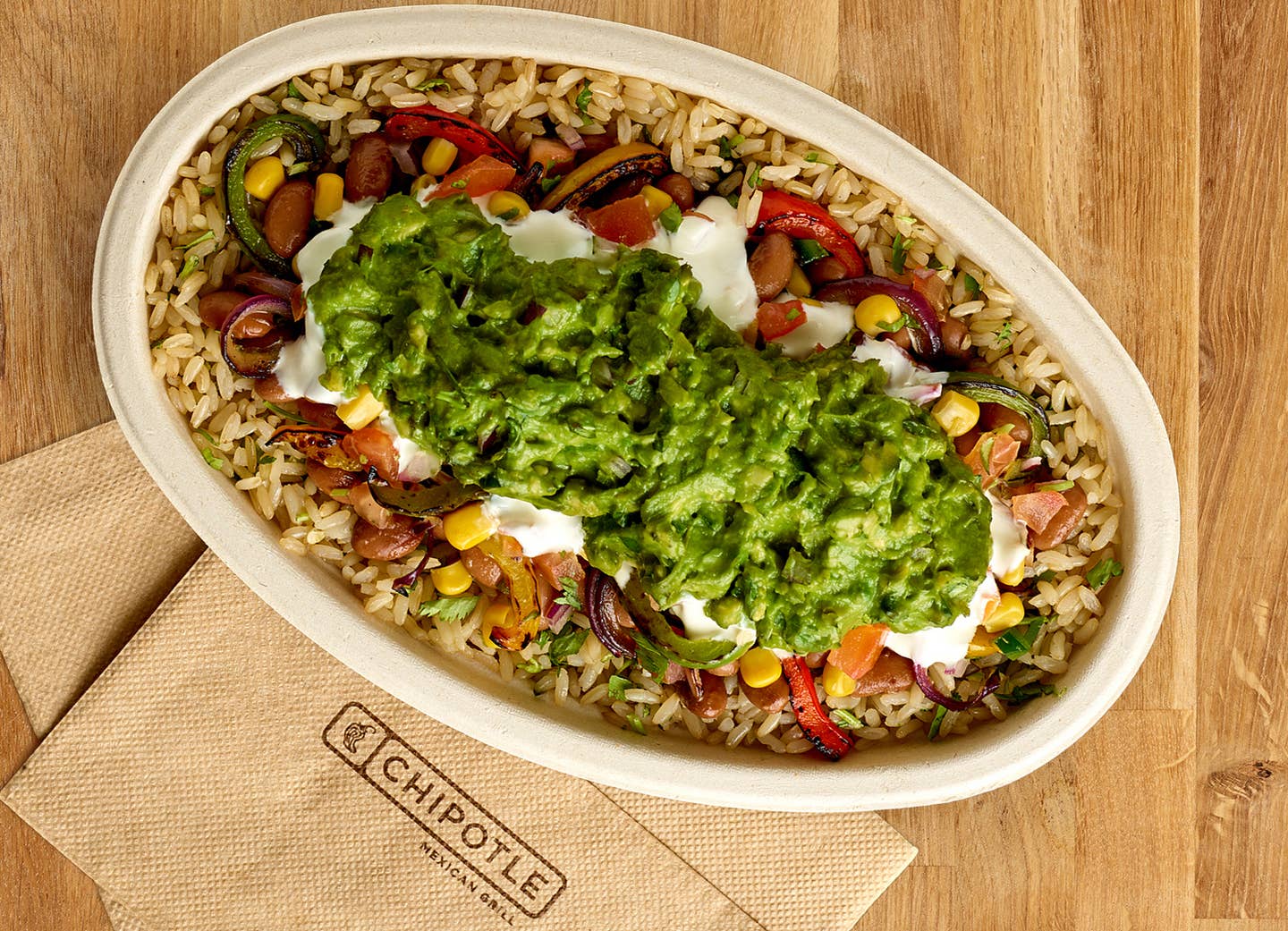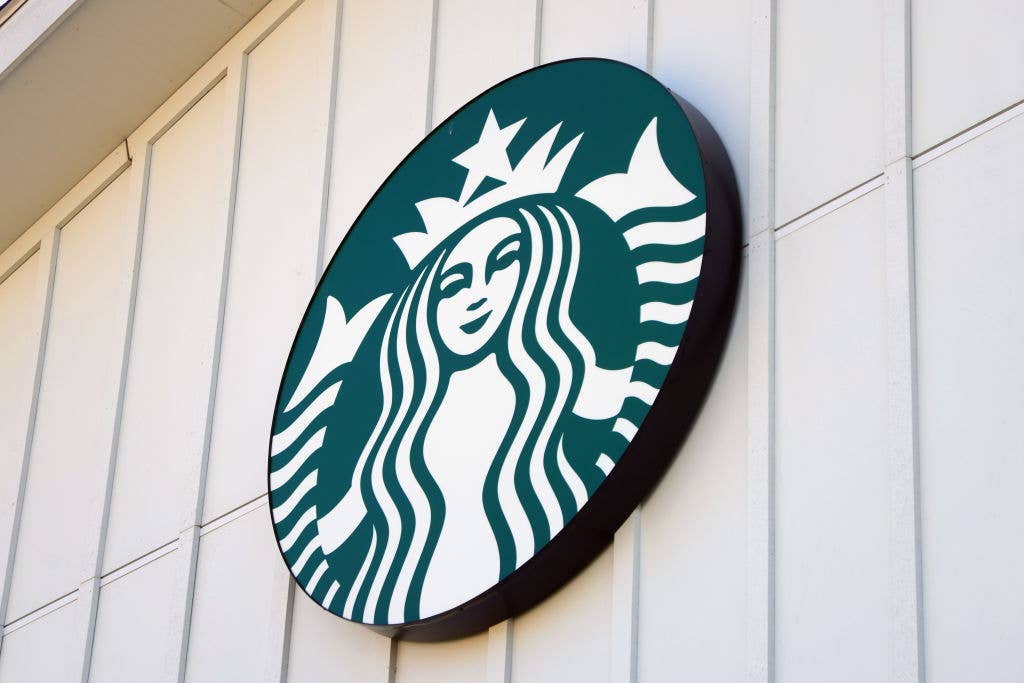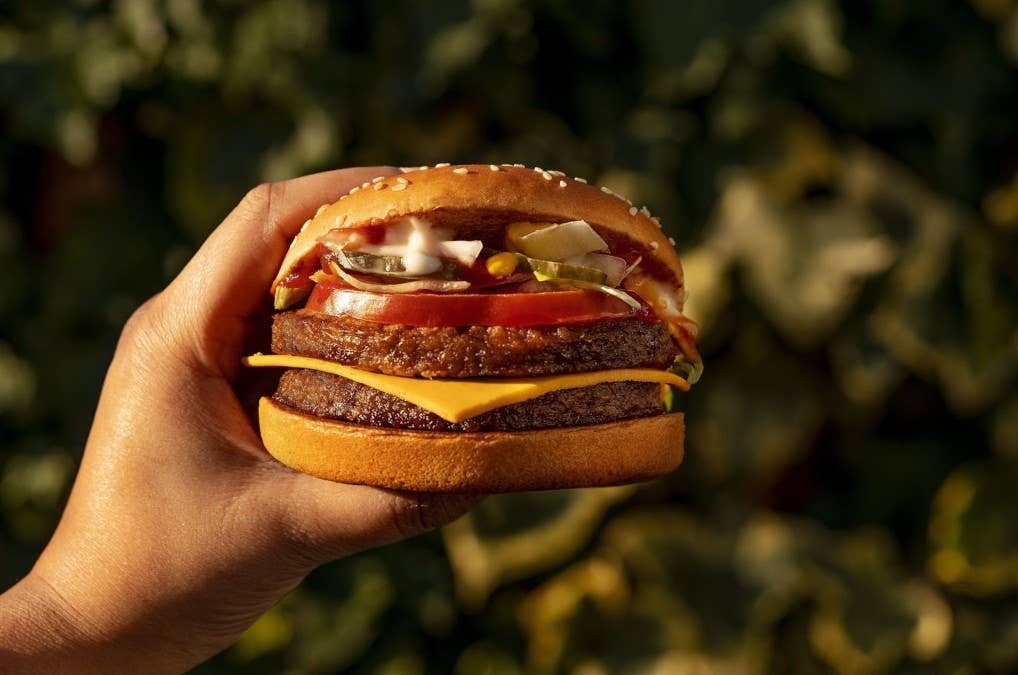
28 Percent of People Are Eating Less Meat to Save Money, Study Finds
Grocery prices have soared 12.2 percent in the last 12 months, increasing at the highest rate since April 1979, according to the Consumer Price Index. Worldwide, historic inflation rates are making it harder for consumers to handle the cost of living, with one survey revealing that approximately one in four adults (28 percent) is reducing meat consumption to handle the cost of living crisis. The Office for National Statistics (ONS) polled United Kingdom citizens to understand how citizens are adapting to rising prices.
The ONS analyzed how UK citizens aimed to change their spending habits in the face of spiking inflation rates. With meat and dairy prices surging to reflex the true cost of production, millions of households cannot keep the same shopping lists. The ONS stated that the average price for chicken increased by 12 percent in the last year.
Typically, plant-based purchases are motivated by environmental or animal welfare concerns. One study even found that 55 percent of consumers think about sustainability when grocery shopping. But now, meat prices present a serious challenge to consumers’ budgets.
“Consumers can cope with both moderate price rises over a long period and sharp price rises for very short durations. Managing hefty inflation over a sustained time frame – which is where we are now – is much more challenging,” Managing Director of GlobalData Retail Neil Saunders said to Grocery Dive. “We are now at the point where consumers are starting to take more evasive action to reduce their expenses.”
High Inflation Rates Impacting Animal Agriculture
Within the United States, the inflation rate surpassed previous forecasts, reaching 9.1 percent this July. Beef products have quickly increased in price per pound as plant-based meat companies continue to improve production practices and therefore reduce the price. The price gap is closing as it costs $5.57 for a pound of beef and $6.29 for a pound of Impossible Meat.
This February, one report found that price parity could be achieved as soon as 2023. Considering supply chain issues within the meat industry, inflation rates, and price gouging, the Good Food Institute report predicts that plant-based meat will become the most affordable option for U.S. consumers.
"We anticipate this gap [in price] shrinking as plant-based producers increasingly scale up production, achieve economies of scale, and seek price parity with their conventional competitors," the report found. "Indeed, the price gap is smaller for more developed categories like milk and butter."
Similarly, inflation and supply chain issues continue to make dairy milk more expensive. Last month, oat milk dropped below the price of whole milk in Germany for the first time ever. In July, German news publication Focus revealed that diary milk prices reached “historic highs.” Across Europe, plant-based alternatives continue to drop below their animal-based counterparts. Within the Netherlands, vegan chicken and burgers met price parity due to supply chain deficiencies, according to Pablo Moleman of ProVeg Netherlands.
“Meat has always been a product that requires an enormous amount of raw materials,” Moleman said. "To make one kilogram of meat, you need up to ten kilograms of grain. Now, in times of scarcity, that takes its toll.”
Is Plant-Based Really Cheaper?
When chicken prices spiked last year, plant-based brand Alpha Foods increased its efforts to produce cheaper meat alternatives. The vegan company promised to cut its own products’ cost by every cent that the price of conventional chicken went up. Alpha Food also recently teamed up with Plant Power Fast Food to help undercut the national fast-food industry, aiming to help the vegan fast food chain match major fast food brand prices to bring affordable, sustainable foods to Americans.
One study from last year revealed that grocery costs for vegans are 40 percent lower than the costs for meat-eaters. Kantar found that an average meal including meat costs $2.36 per person whereas a plant-based meal costs $1.41 per person. Meat and dairy prices also continue to increase above inflation rates. Tyson Foods claims the price spikes are due to higher demand for labor, fuel costs, and animal feed costs. Experts including Claire Kelloway of Open Markets Institute note that price hikes are linked to monopoly power as well.
“[Tyson had] roughly $1.5 billion in higher costs, but that’s corresponded with $2 billion in price increases,” Kelloway told Vox. “So that is a solid half a billion dollars that is not related to an increased cost of business. That’s purely an exercise of their market power and ability to charge more, and their profits really speak to that.”
For more plant-based happenings, visit The Beet's News articles.
Fast-food restaurants have finally got the memo that their customer base isn’t just coming through for a burger, fried chicken, or a beef taco. Many now have plant-based foods and are coming up with creative, delicious ways to get more greens on the menu. Here are the 6 best fast-food chains with plant-based options on the menu.
1. Burger King
Turns out there’s a lot more to rely on than a salad if you’re eating plant-based. Burger King has the Impossible Whopper featuring a meatless patty as well as a few secretly vegan options such as the French Toast Sticks and Hashbrowns.
2. White Castle
Known for its mini square-shaped sliders, this hamburger chain jumped on the plant-based bandwagon at some participating locations. You can find an Impossible Slider on some White Castle menus.
3. Del Taco
This was the first national Mexican fast-food chain to offer Beyond Meat at the company’s 580 restaurants across the country. Del Taco has the Beyond Avocado Taco on the menu along with the Epic Beyond Original Mex Burrito and Avocado Veggie Bowl.
4. Carl's Jr.
Another brand synonymous with beef burgers, Carl’s Jr. offers several plant-based options for veggie and plant lover such as Beyond Famous Star Burger and Guacamole Thickburger.
5. Taco Bell
This fast-food restaurant may have been one of the first you frequented while transitioning to plant-based eating. That’s because Taco Bell has eight million vegetarian combinations and sells 350 million vegetarian items a year through menu substitutions or ordering off their vegetarian menu. In fact, they were the first quick-service restaurant to offer American Vegetarian Association (AVA) certified food options.
6. Starbucks
From the time it started offering breakfast sandwiches in 2006, the coffee conglomerate became a competitor in the fast-food space. You can get your favorite hot and cold beverages made with almond, coconut or oat milk but there are also plant-based food options available such as the Baja Black Bean Veggie Wrap, bagel with vegan cream cheese and Impossible Breakfast Sandwich.
More From The Beet






